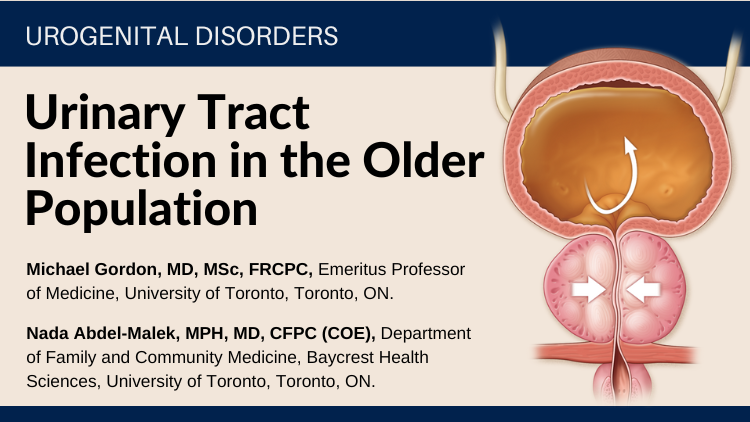The accredited CME learning activity based on this article is offered under the auspices of the CE department of the University of Toronto. Participating physicians are entitled to one (1) MAINPRO-M1 credit by completing this program, found online at www.geriatricsandaging.ca/cme.htm
Anu Singhal, MD, Resident, Metrohealth Medical Centre, Cleveland, OH, USA.
Ernane D. Reis, MD, Assistant Professor, Department of Surgery, The Mount Sinai Medical Center, New York, NY, USA.
Morris D. Kerstein, MD, Chief of Staff, V.A. Medical & Regional Office Center, Wilmington, Delaware; Professor of Surgery, Jefferson Medical College, Philadelphia, PA, USA.
Frequently found on the sacrum, pressure ulcers develop due to prolonged periods of unrelieved pressure on soft tissues, but can occur anywhere there is pressure, including trochanters and especially heels. In the bedridden patient, constant pressure causes ischemia and necrosis of subcutaneous tissues and skin. Most patients are elderly, immobile and have neurologic impairments, often associated with inability to sense pain and discomfort and/or incontinence. Sacral ulcers can be treated with debridement, dressings and skin grafts. However, preventive effortsincluding a regular turning schedule, proper assessments, moisturizers and adequate dietare the most cost effective and remain the foundation of management. Pressure ulcers can occur anywhere there is pressure, including trochanters and, especially, heels.
Key words: pressure ulcer, debridement, sacrum, risk factors, wound healing.
Introduction
Pressure ulcers develop under conditions of prolonged pressure and circulatory stasis, which damage the involved tissue by ischemia and necrosis.

